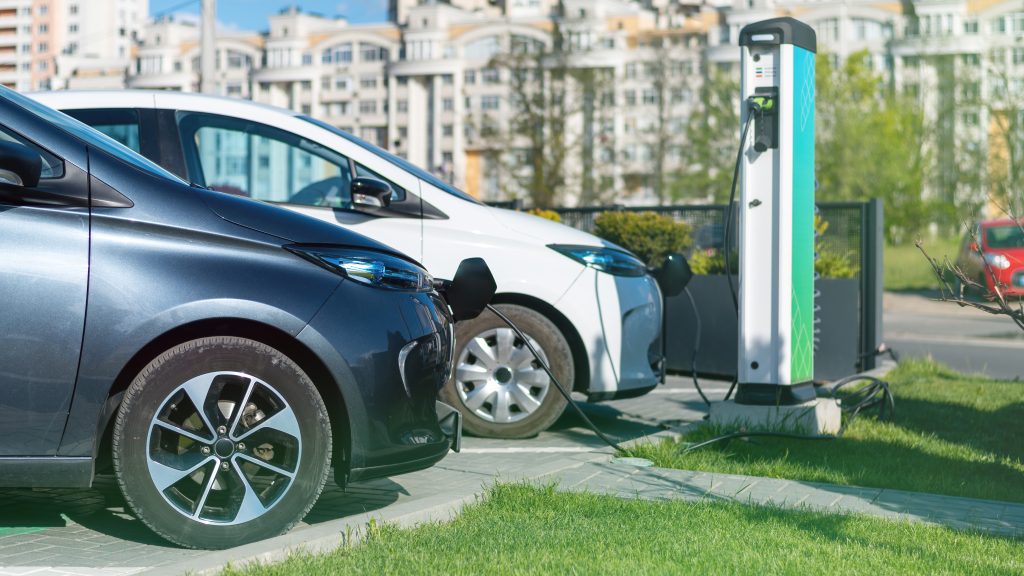Mobility is undergoing a material transformation that will change the future of transportation networks. A sector that was dominated by fossil-fuel-based solutions and technologies is transitioning towards a much more crowded, complicated and clean-energy-focused business environment. Several new technologies have emerged globally that offer cost-effective, low-carbon solutions, thereby challenging the traditional models of mobility businesses. Three key disruptive trends shaping the future of mobility are electric and fuel cell vehicles, smart and autonomous vehicles and mobility-as-a-service models. These shifts are expected to change the equation between automotive manufacturers, technology providers, public and private investments, and consumer behaviour.
Fuel cell electric vehicles (FCEVs), or hydrogen fuel cell vehicles, are an important aspect of the overall changing mobility ecosystem. Hydrogen fuel cell vehicles are classified as electric vehicles since they are powered by an electric motor. However, FCEVs differ from other electric vehicles, also called battery electric vehicles (BEVs), in the way electricity is produced. BEVs are powered by external electricity stored through plug-in chargers, while FCEVs produce electricity internally through a fuel cell. In a fuel cell, hydrogen and oxygen (from air) react to produce electricity, which powers the vehicle while producing water vapour as a by-product.
Hydrogen fuel cell vehicles have several advantages. The greatest advantage is transition to low-carbon transportation. FCEVs can use hydrogen produced from renewable energy sources through water electrolysis. This enables carbon-neutral transportation and avoids the release of greenhouse gases (GHG) and carbon. Other advantages of FCEVs over BEVs include faster refuelling: passenger vehicles can be refuelled in 5-10 minutes instead of 30-45 minutes typically required by BEVs. An FCEV’s refuelling process is similar to today’s internal combustion engines and can result in significant synergy of existing infrastructure. Furthermore, fuel cell technology is applicable to trucks, ships and trains and are not restricted to short distance travel, which is typically the case with battery systems.

FCEV sale in 2021 reached a record ~16,000 units. With government support in the form of incentives to companies as well as consumers, the FECV market has the potential to take off at a rapid pace. Global investor interest in green hydrogen production is also expected to drive FCEV adoption. The European Union (EU) and several European countries have announced or are planning hydrogen- and FCEV-based targets. The targets set by the EU include the deployment of ~750 hydrogen refuelling stations by 2025 and ~300 hydrogen fuel cell buses by 2023. France has ambitious targets of deploying 5,000 FCEV passenger vehicles and light duty commercial vehicles, 200 trucks and buses and 100 hydrogen refuelling stations by 2023. The French national plan is also aiming at 50,000 passenger and light duty commercial vehicles, 2,000 trucks and buses and 1,000 hydrogen refuelling stations by 2028. Germany has focused on deploying fuel cell technology for rail transportation. It became the first country to operate hydrogen-based passenger trains in 2018. The nation aims to deploy 27 additional trains by 2023. The US has also announced its intent to drive the adoption of FCEVs. California aims to achieve its goals of 1,000 hydrogen fuelling stations and one million FCEVs by 2030. South Korea, the largest FCEV market – aims to deploy ~3 million passenger cars and light duty commercial vehicles, as well as ~70,000 trucks and buses by 2040. Canada aims to adopt hydrogen-based economy by deploying ~5 million FCEVs and refuelling stations by 2050.
Although FCEVs have shown promise in ushering in sustainable and low-carbon mobility, the FCEV industry faces several challenges. The biggest challenge is limited renewable power capacity, which creates a barrier for accessing low-cost green hydrogen for mobility applications. Other challenges include the lack of hydrogen transportation infrastructure, unclear hydrogen refuelling regulatory policies and competition from BEVs for passenger vehicles and LNG for long distance trucks and shipping industry. Hydrogen transportation challenges may be overcome in the future by retrofitting existing natural gas pipelines for hydrogen transportation, which is expected to bring down operational costs of FCEVs. Modular green hydrogen technologies that allow onsite hydrogen production hold promise in reducing the cost of transporting hydrogen to refuelling stations, potentially bringing down FCEV operational costs.














